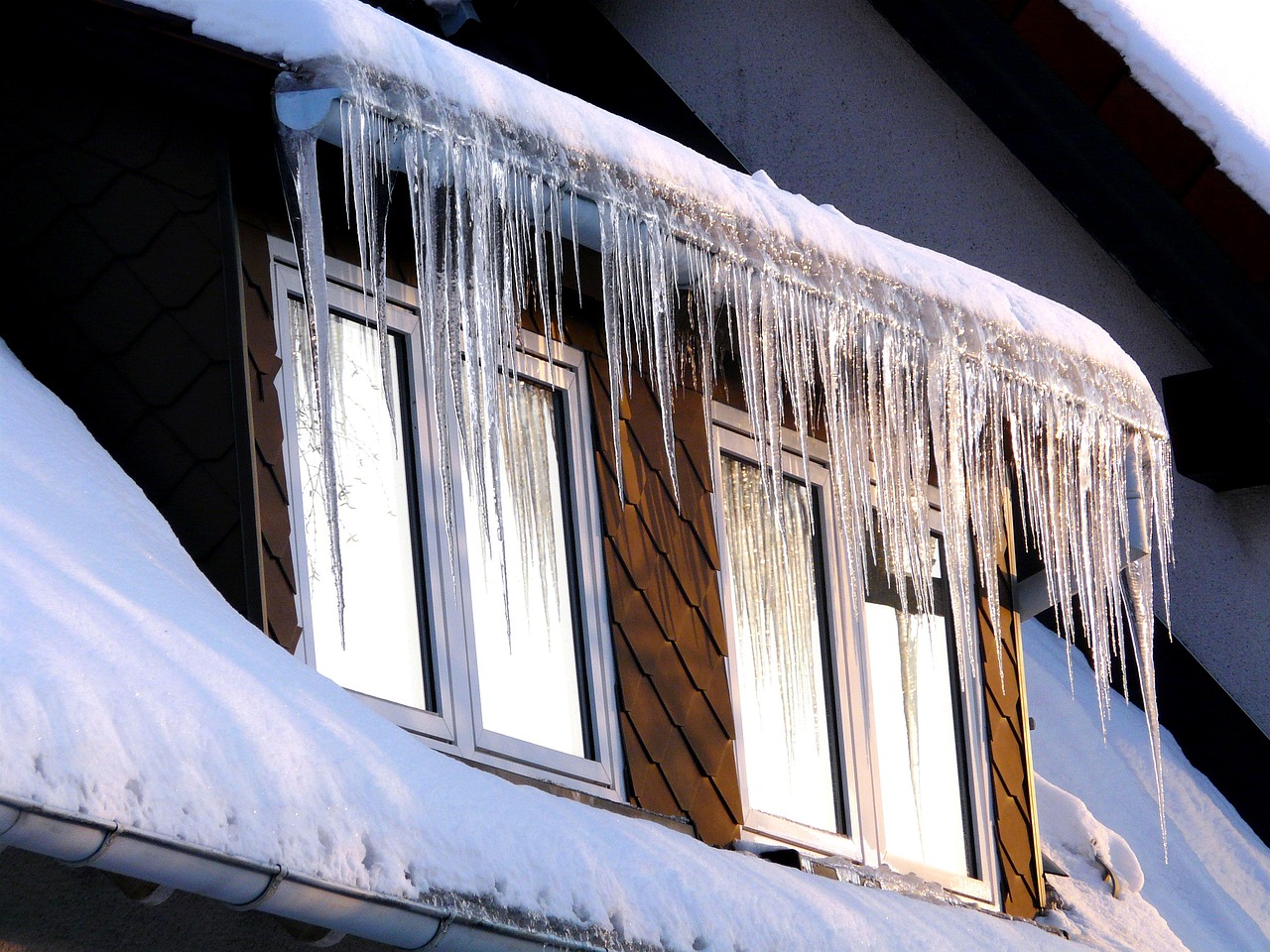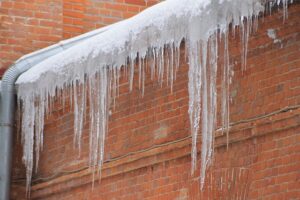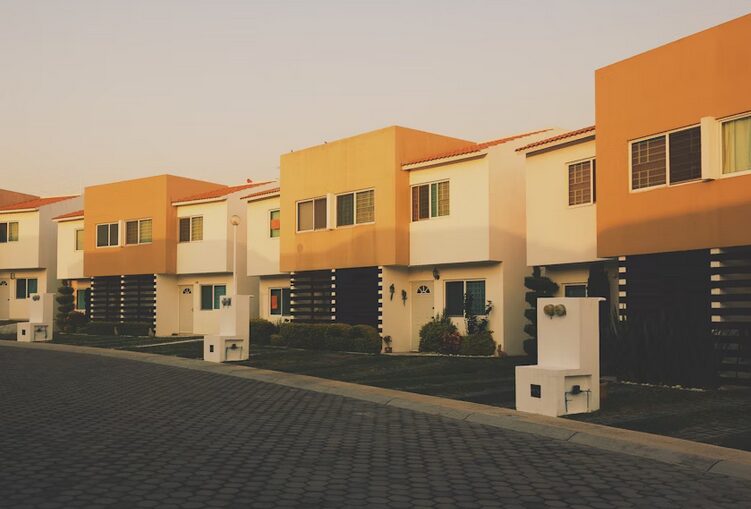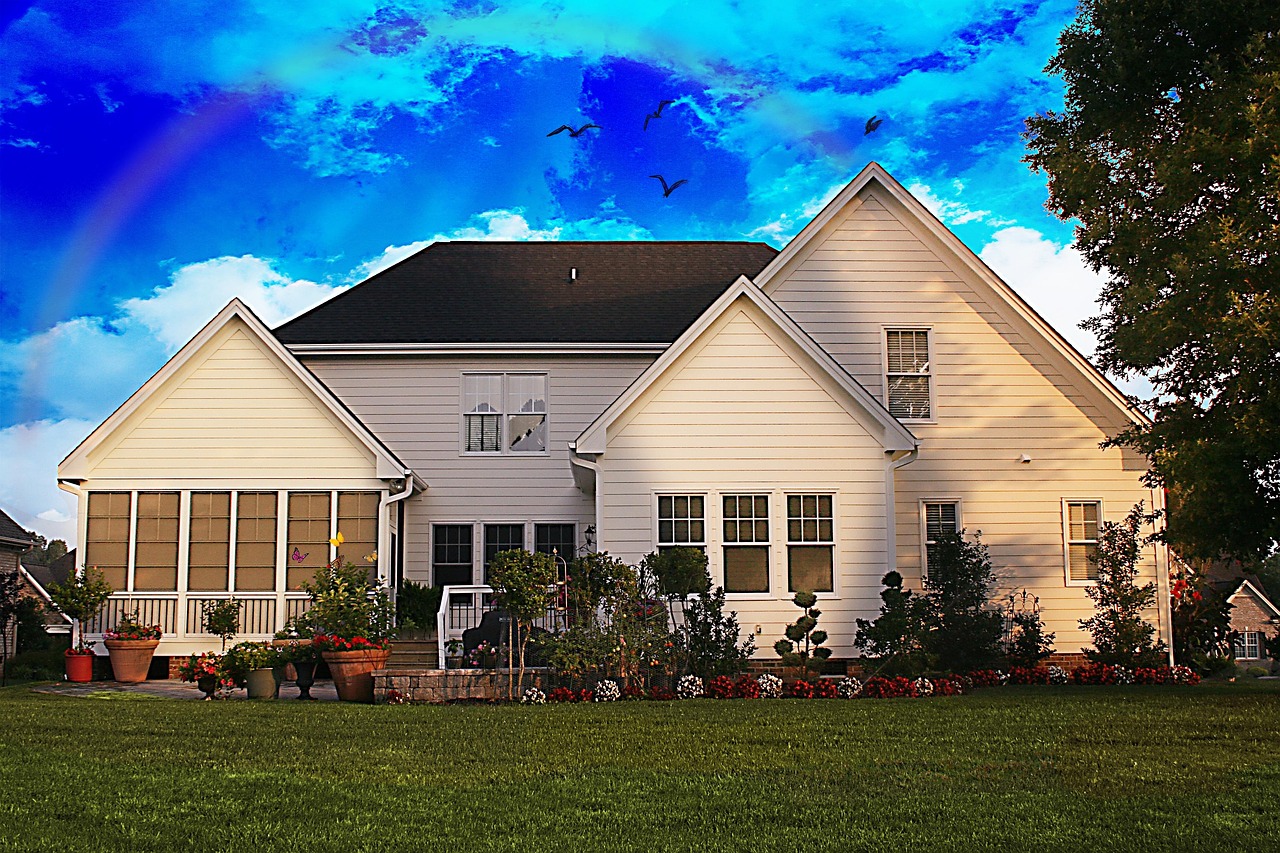
Welcome to a winter wonderland of knowledge. As snowflakes dance gracefully from the sky and blanket our surroundings in a pristine white, it’s time to dive into the captivating world of snowy climates and their impact on roof designs. Whether you’re an architecture enthusiast or a homeowner seeking insights for your own abode, this blog post is here to unravel the mysteries behind building sturdy roofs that can withstand the whims of Mother Nature’s icy embrace.
Pitch and Slope
The pitch or slope of a roof is a fundamental consideration in snowy climates. Roofs with steeper pitches allow snow to shed more efficiently, reducing the risk of accumulation. A pitch of at least 6:12 is often recommended for areas with heavy snowfall. Steeper slopes also discourage the formation of ice dams, a common issue in colder regions. Most roofing twin cities mn experts will be able to advise you on the best pitch for your specific location.
Structural Support
Snow can exert significant weight on a roof, especially during prolonged periods of heavy snowfall. Ensuring adequate structural support is crucial in preventing roof collapse. Consult with a structural engineer to determine the load-bearing capacity of your roof and make necessary reinforcements, such as using stronger materials or adding additional supports.
Ventilation Systems
Proper ventilation is essential in snowy climates to prevent the formation of ice dams and control moisture levels in the attic. Ice dams happen when snow melts and then refreezes at the eaves, creating a barricade that can lead to water infiltration. Adequate ventilation, including soffit and ridge vents, helps maintain a consistent roof temperature, preventing ice dam formation and ensuring proper attic moisture control.
Quality Insulation
Quality insulation is a key element in roof designs for snowy climates. It not only helps in retaining heat within the home but also prevents uneven melting of snow on the roof surface. Insulating the attic floor effectively keeps the roof temperature consistent, reducing the likelihood of ice dams. Ensure that insulation is properly installed and meets local building codes for energy efficiency.
Roofing Materials
Selecting the right roofing materials is crucial in ensuring the longevity and effectiveness of your roof in snowy climates. Metal roofs, such as standing seam or corrugated metal, are popular choices due to their durability and ability to shed snow. Asphalt shingles with a high snow load rating are also suitable, while slate and clay tiles provide excellent resistance to temperature fluctuations and are aesthetically pleasing.
Snow Guards
Snow guards, also known as snow stops or fences, are devices installed on the roof to prevent large chunks of snow and ice from sliding off abruptly. This helps protect pedestrians, landscaping, and structures below. Snow guards can be strategically placed along the eaves and valleys to control the release of snow in a more controlled manner.
Heated Roof Systems
For areas prone to ice dams, heated roof systems can be a valuable addition. These systems use heating cables or panels to melt snow and ice, preventing the formation of dams. While they are effective, it’s important to use them judiciously, as excessive heat can lead to increased energy costs and potential damage to roofing materials.

Regular Maintenance
Regular maintenance is crucial in snowy climates to address any issues promptly. Clearing accumulated snow from the roof, especially in areas prone to heavy snowfall, helps prevent excess weight. Additionally, inspect the roof for signs of damage, such as warped or cracked shingles, and address them promptly to avoid potential leaks and structural problems. In conclusion, designing roofs for snowy climates requires a thoughtful approach that considers both the aesthetic and functional aspects. The pitch, structural support, ventilation, insulation, roofing materials, snow guards, and maintenance all play integral roles in creating a roof that can withstand the challenges posed by heavy snow and extreme winter conditions. By incorporating these basics into your roof design, you not only enhance its resilience but also ensure the comfort and safety of your home during the winter months.







